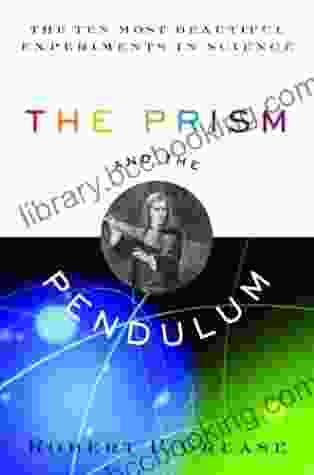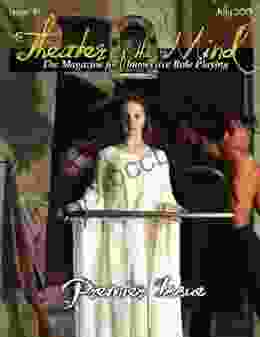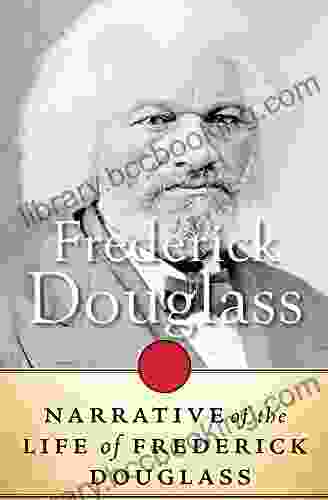The Ten Most Beautiful Experiments In Science

Throughout the annals of human history, science has played a pivotal role in shaping our understanding of the world around us. Through meticulous observation, experimentation, and analysis, scientists have unveiled the secrets of nature, revealing the underlying principles that govern our universe.
Among the countless scientific endeavors that have advanced our knowledge, certain experiments stand out for their exceptional elegance, simplicity, and profound impact. These are experiments that have not only expanded our understanding of the physical world but have also captivated the imaginations of generations.
4.3 out of 5
| Language | : | English |
| File size | : | 1839 KB |
| Text-to-Speech | : | Enabled |
| Screen Reader | : | Supported |
| Enhanced typesetting | : | Enabled |
| Word Wise | : | Enabled |
| Print length | : | 262 pages |
In his acclaimed book, "The Ten Most Beautiful Experiments In Science," George Johnson chronicles these extraordinary scientific milestones, offering a captivating account of the minds behind them and the transformative insights they brought to light.
The Michelson-Morley Experiment (1887)
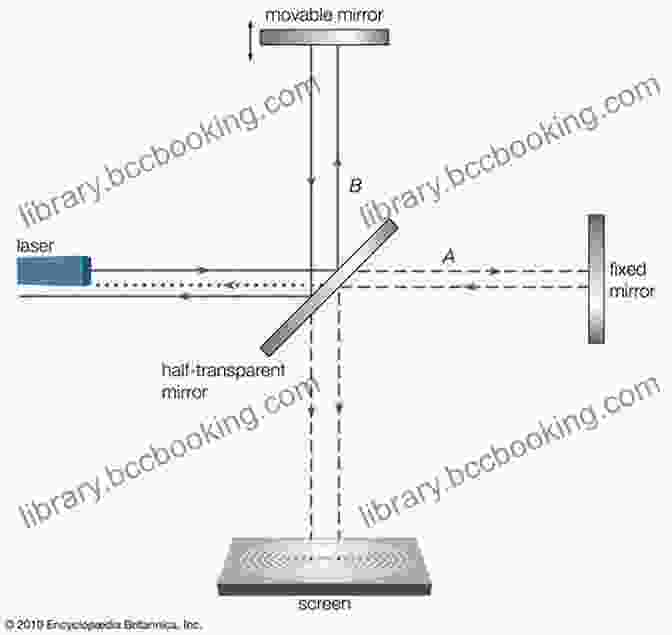
The Michelson-Morley experiment, conducted by Albert Michelson and Edward Morley in 1887, was a groundbreaking attempt to measure the speed of the Earth's motion through the hypothetical luminiferous ether. This hypothetical medium was believed to be the carrier of light waves, much like air is the medium for sound waves.
The experiment's results, however, were unexpected and profound. Michelson and Morley found no evidence of the ether's existence, leading to a crisis in classical physics and ultimately paving the way for Albert Einstein's theory of special relativity.
The Cavendish Experiment (1798)
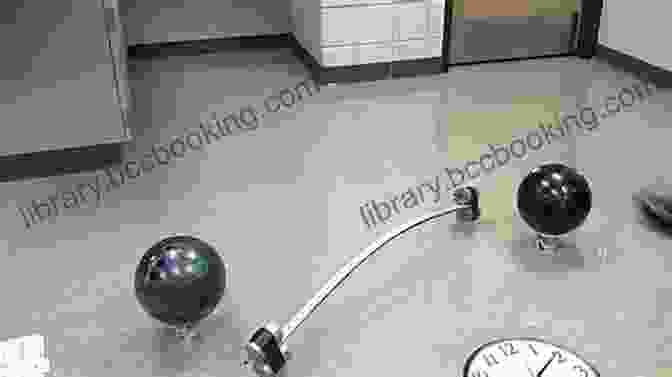
The Cavendish experiment, conducted by Henry Cavendish in 1798, marked a significant milestone in the history of physics. This experiment aimed to determine the gravitational constant, a fundamental quantity that governs the strength of gravitational interactions.
Cavendish's experiment was a masterpiece of experimental design, involving the precise measurement of the gravitational force between two small lead balls. His results provided the first accurate determination of the gravitational constant, a value that is still used today.
The Double-Slit Experiment (1801)
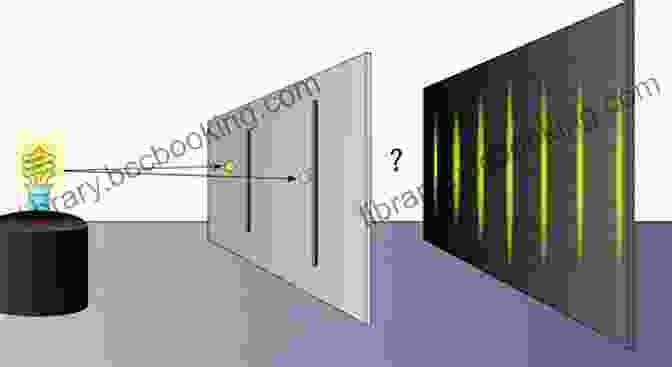
The double-slit experiment, first conducted by Thomas Young in 1801, is a classic demonstration of the wave-particle duality of light. This experiment involves shining a beam of light through two closely spaced slits and observing the resulting interference pattern.
The results of the double-slit experiment challenge our intuitive notions of light and matter. They demonstrate that light, which we often think of as a wave, also exhibits particle-like properties, a duality that is at the heart of modern quantum physics.
The Stern-Gerlach Experiment (1922)
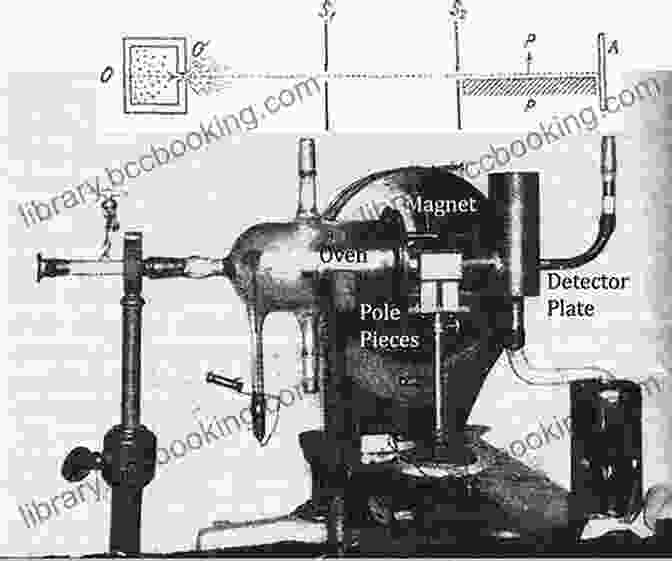
The Stern-Gerlach experiment, conducted by Otto Stern and Walther Gerlach in 1922, provided groundbreaking insights into the quantization of angular momentum. This experiment involved passing a beam of silver atoms through a magnetic field gradient.
The results of the Stern-Gerlach experiment revealed that the angular momentum of the silver atoms was quantized, meaning it could only exist in certain discrete values. This discovery was a cornerstone in the development of quantum mechanics.
The Rutherford Scattering Experiment (1911)
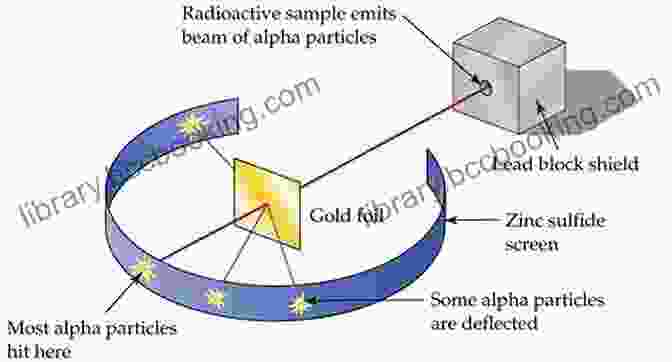
The Rutherford scattering experiment, conducted by Ernest Rutherford in 1911, revolutionized our understanding of atomic structure. This experiment involved firing alpha particles (helium nuclei) at a thin gold foil and observing the scattering patterns.
Rutherford's experiment revealed that the atom is not a uniform sphere of positive charge, as previously believed. Instead, it showed that the positive charge is concentrated in a tiny, dense nucleus, while the electrons orbit the nucleus at a considerable distance.
The Millikan Oil Drop Experiment (1913)
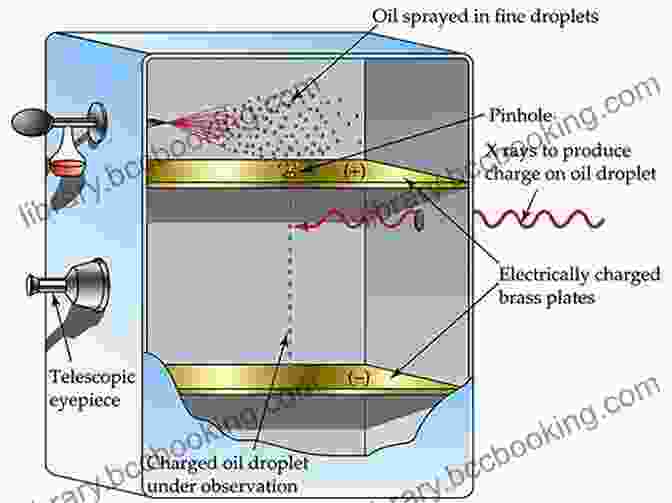
The Millikan oil drop experiment, conducted by Robert Millikan in 1913, provided a precise measurement of the charge of an electron. This experiment involved suspending tiny oil droplets in an electric field.
Millikan's experiment revealed that the charge of an electron is quantized, meaning it always occurs in multiples of a fundamental unit of charge. This discovery was crucial for the development of quantum physics.
The Franck-Hertz Experiment (1914)

The Franck-Hertz experiment, conducted by James Franck and Gustav Hertz in 1914, provided direct evidence for the quantization of energy levels in atoms. This experiment involved bombarding mercury atoms with electrons.
Franck and Hertz found that electrons could only transfer specific amounts of energy to the mercury atoms, corresponding to the energy differences between the atoms' energy levels. This experiment confirmed the Bohr model of the atom, which had proposed that electrons occupy discrete energy levels.
The Davisson-Germer Experiment (1927)

The Davisson-Germer experiment, conducted by Clinton Davisson and Lester Germer in 1927, provided compelling evidence for the wave nature of electrons. This experiment involved firing a beam of electrons at a nickel crystal.
Davisson and Germer observed that the electrons diffracted from the crystal, creating a pattern similar to the diffraction of light waves from a grating. This experiment confirmed the de Broglie hypothesis that particles, such as electrons, also have wave-like properties.
The Lamb-Retherford Experiment (1947)
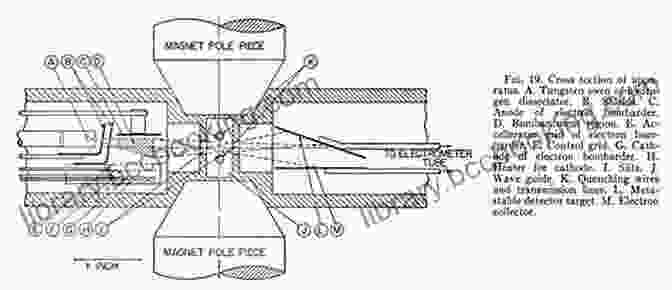
The Lamb-Retherford experiment, conducted by Willis Lamb and Robert Retherford in 1947, provided a crucial test of quantum electrodynamics (QED). This experiment involved measuring the energy levels of hydrogen atoms.
Lamb and Retherford found that the energy levels of hydrogen were slightly different from the predictions of QED. This discrepancy, known as the Lamb shift, was a triumph for QED and provided further evidence for the validity of this theory.
The Wu Experiment (1957)
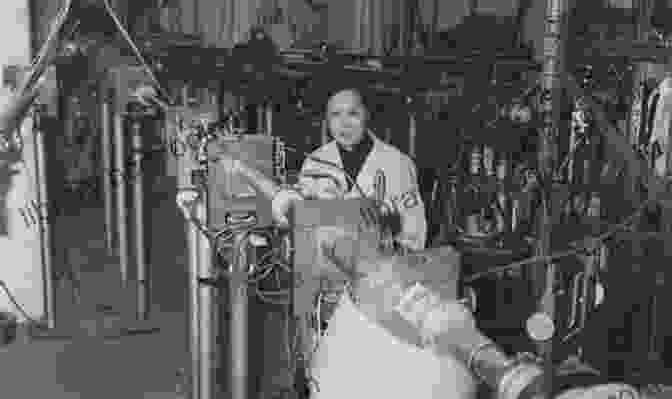
The Wu experiment, conducted by Chien-Shiung Wu in 1957, provided experimental evidence for parity violation in beta decay. This experiment involved studying the beta decay of cobalt-60 nuclei.
Wu found that beta particles were emitted preferentially in one direction, violating the principle of parity, which states that physical laws are symmetric under mirror reflection. This discovery overturned a long-held belief and had profound implications for the development of particle physics.
The ten experiments described in this article represent some of the most groundbreaking and beautiful experiments in the history of science.
4.3 out of 5
| Language | : | English |
| File size | : | 1839 KB |
| Text-to-Speech | : | Enabled |
| Screen Reader | : | Supported |
| Enhanced typesetting | : | Enabled |
| Word Wise | : | Enabled |
| Print length | : | 262 pages |
Do you want to contribute by writing guest posts on this blog?
Please contact us and send us a resume of previous articles that you have written.
 Book
Book Novel
Novel Page
Page Chapter
Chapter Text
Text Story
Story Genre
Genre Reader
Reader Library
Library Paperback
Paperback E-book
E-book Magazine
Magazine Newspaper
Newspaper Paragraph
Paragraph Sentence
Sentence Bookmark
Bookmark Shelf
Shelf Glossary
Glossary Bibliography
Bibliography Foreword
Foreword Preface
Preface Synopsis
Synopsis Annotation
Annotation Footnote
Footnote Manuscript
Manuscript Scroll
Scroll Codex
Codex Tome
Tome Bestseller
Bestseller Classics
Classics Library card
Library card Narrative
Narrative Biography
Biography Autobiography
Autobiography Memoir
Memoir Reference
Reference Encyclopedia
Encyclopedia Piri Halasz
Piri Halasz Sandy Gall
Sandy Gall Louise Krasniewicz
Louise Krasniewicz Mike Smith
Mike Smith Robert Grandchamp
Robert Grandchamp Zachary Shore
Zachary Shore M L Rose
M L Rose Lois E Letchford
Lois E Letchford Wolfgang Stroebe
Wolfgang Stroebe Melissa Samaroo
Melissa Samaroo Gina Devee
Gina Devee Lakita Wilson
Lakita Wilson Nichole Perkins
Nichole Perkins Steven D Fleming
Steven D Fleming Lucy Christopher
Lucy Christopher Timothy Snyder
Timothy Snyder Mecyll Gaspary
Mecyll Gaspary Leonardo Trasande
Leonardo Trasande Sanja Kulenovic
Sanja Kulenovic Rick Mcintyre
Rick Mcintyre
Light bulbAdvertise smarter! Our strategic ad space ensures maximum exposure. Reserve your spot today!

 Raymond ChandlerPresidents Flash Cards Illustrated: Ignite Curiosity and Excite Learning...
Raymond ChandlerPresidents Flash Cards Illustrated: Ignite Curiosity and Excite Learning... Camden MitchellFollow ·3.2k
Camden MitchellFollow ·3.2k Gus HayesFollow ·16.3k
Gus HayesFollow ·16.3k Garrett BellFollow ·18.9k
Garrett BellFollow ·18.9k Jeff FosterFollow ·9.4k
Jeff FosterFollow ·9.4k Clark BellFollow ·16.7k
Clark BellFollow ·16.7k Evan SimmonsFollow ·2k
Evan SimmonsFollow ·2k Dennis HayesFollow ·17.5k
Dennis HayesFollow ·17.5k Banana YoshimotoFollow ·16.1k
Banana YoshimotoFollow ·16.1k

 Brian Bell
Brian BellExploring The Natural World Through Mindful Expressive...
Unleash the...

 David Baldacci
David BaldacciJourney into the Enigmatic World of "Grass" by Sheri S....
Prepare to be captivated by "Grass," a...

 Dashawn Hayes
Dashawn HayesBusting Myths About Human Nature: Unraveling the Complex...
Challenging the...

 Ernest Hemingway
Ernest HemingwayNotes on Suicide: A Profound Exploration of the...
Suicide, a taboo subject shrouded in...
4.3 out of 5
| Language | : | English |
| File size | : | 1839 KB |
| Text-to-Speech | : | Enabled |
| Screen Reader | : | Supported |
| Enhanced typesetting | : | Enabled |
| Word Wise | : | Enabled |
| Print length | : | 262 pages |


